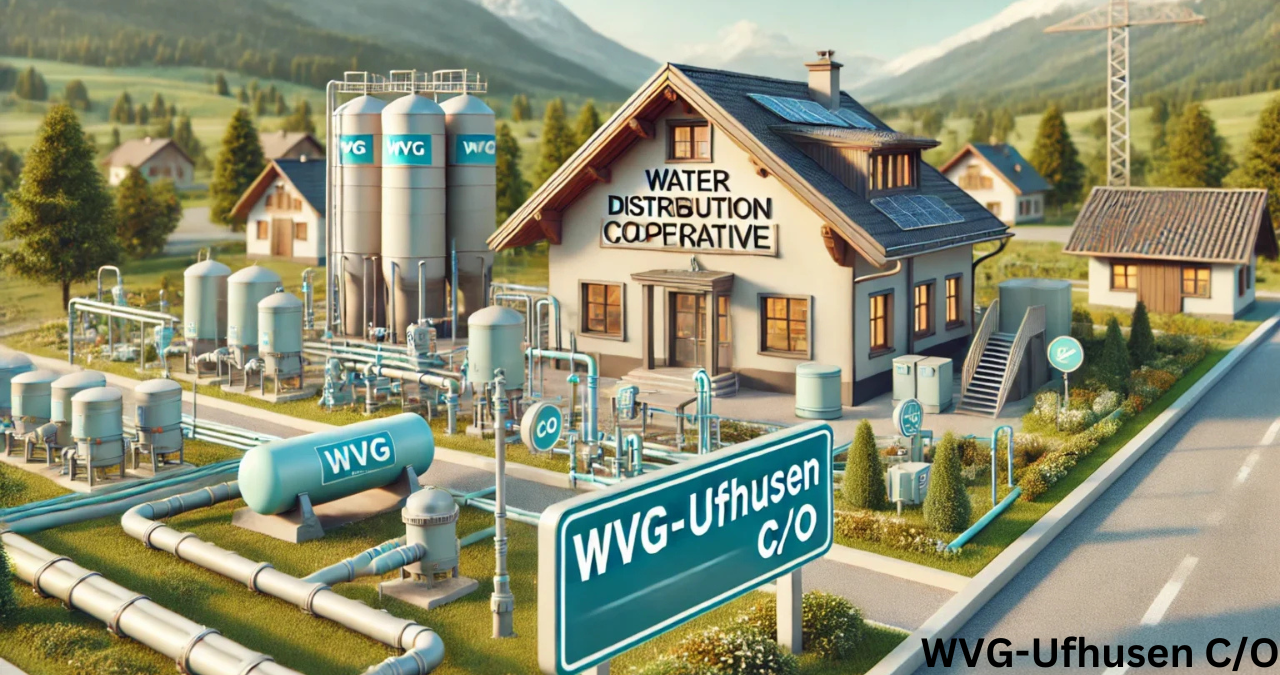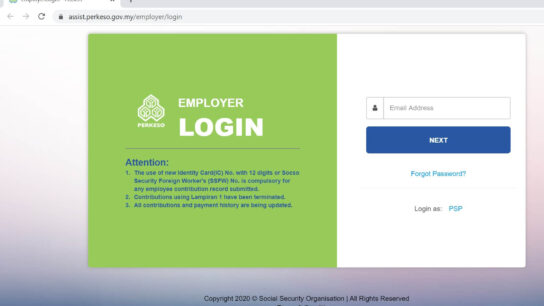The concept of WVG-Ufhusen C/O may not be familiar to everyone, but its implications and applications extend across various industries, making it a pivotal area of study. Originally stemming from a complex amalgam of technological and organizational strategies, WVG-Ufhusen C/O represents a blueprint for integrating advanced workflows in business processes. This article aims to demystify the components and significance of WVG-Ufhusen C/O, offering a clear perspective on its functionality, history, and future potential.
History and Background
Origins of WVG-Ufhusen

WVG-Ufhusen C/O traces its roots back to the early 2000s when a group of industry analysts identified the need for a cohesive framework to manage growing data and resource demands in multinational corporations. The founders, a visionary trio from Germany, Switzerland, and Austria, merged their expertise to formulate a set of principles that would later define modern resource management. Their pioneering work set the stage for what would become a cornerstone of business efficiency.
Evolution Over the Years
Over the decades, WVG-Ufhusen C/O has undergone significant transformations, adapting to the shifting landscapes of global business and technology. Each iteration brought about enhancements that refined its core components, making it more adaptable and robust. Notably, the integration of AI and machine learning algorithms in the late 2010s marked a critical point in its evolution, offering unprecedented accuracy and efficiency in resource allocation and data processing.
Core Components of WVG-Ufhusen C/O
Key Elements Defined
At its core, WVG-Ufhusen C/O consists of three main elements: Workflow Visualization (WV), Global Utilization (GU), and Compliance Optimization (CO). Workflow Visualization involves creating dynamic models that map out business processes to identify bottlenecks and optimize flow. Global Utilization is about harnessing and allocating resources effectively across global operations, while Compliance Optimization ensures that all processes adhere to international standards and regulations.
How It Works
The functionality of WVG-Ufhusen C/O is best understood through its application in a real-world business scenario. Imagine a multinational corporation struggling with inefficiencies in its supply chain. By applying the Workflow Visualization component, the company can create a visual representation of its entire supply chain, identify areas of delay, and implement more efficient practices. Simultaneously, Global Utilization tools would analyze resource distribution and optimize it for better performance across all locations.
Applications and Real-World Usage
Case Studies

One notable case study involves a major e-commerce platform that integrated WVG-Ufhusen C/O to manage its logistics and customer service departments. The implementation led to a 30% reduction in operational delays and a significant improvement in customer satisfaction ratings. This success story not only demonstrates the practical benefits of WVG-Ufhusen C/O but also highlights its versatility across different sectors.
Challenges and Limitations
Despite its benefits, WVG-Ufhusen C/O is not without challenges. The complexity of integrating such an expansive system can be daunting for organizations, especially smaller ones without the necessary technical expertise. Additionally, as with any system heavily reliant on data, issues of data privacy and security are ever-present and require constant vigilance and updates.
Future Prospects and Developments
Innovations and Trends
The future of WVG-Ufhusen C/O looks promising with ongoing advancements in cloud computing and predictive analytics. These technologies are expected to further enhance its capabilities, making it more intuitive and powerful. Emerging trends such as decentralized data management and edge computing also offer exciting possibilities for enhancing its utility and efficiency.
Predictions and Future Outlook
Experts predict that WVG-Ufhusen C/O will become an integral part of enterprise resource planning systems, with potential applications extending beyond traditional industries to fields like healthcare, education, and government. As it continues to evolve, its adaptability and scalability will be key to meeting the needs of a globalized economy.
Conclusion
WVG-Ufhusen C/O represents a significant leap forward in how businesses manage and optimize their operations. With its robust framework and adaptable components, it offers a comprehensive solution to many of the challenges facing modern organizations. As we look to the future, the continued evolution of WVG-Ufhusen C/O will undoubtedly play a pivotal role in shaping the landscapes of industries worldwide.
FAQs
What is WVG-Ufhusen C/O and why is it important?
WVG-Ufhusen C/O is a strategic framework designed to enhance business efficiency through improved workflow visualization, global resource utilization, and compliance optimization.
How has WVG-Ufhusen C/O evolved over the years?
It has evolved from a basic management tool to a sophisticated system integrating AI and machine learning, adapting to meet the complex demands of global businesses.
What are the major challenges associated with WVG-Ufhusen C/O?
Integrating the system’s complexity and ensuring data security are among the biggest challenges.
Where can one see the impact of WVG-Ufhusen C/O in real-world scenarios?
Its impact is evident in various sectors, notably in e-commerce logistics and multinational resource management, where it has significantly optimized operations and reduced costs.
What future developments are predicted for WVG-Ufhusen C/O?
Future developments include integration with emerging technologies like cloud computing and predictive analytics, which will enhance its effectiveness and scope of application.






